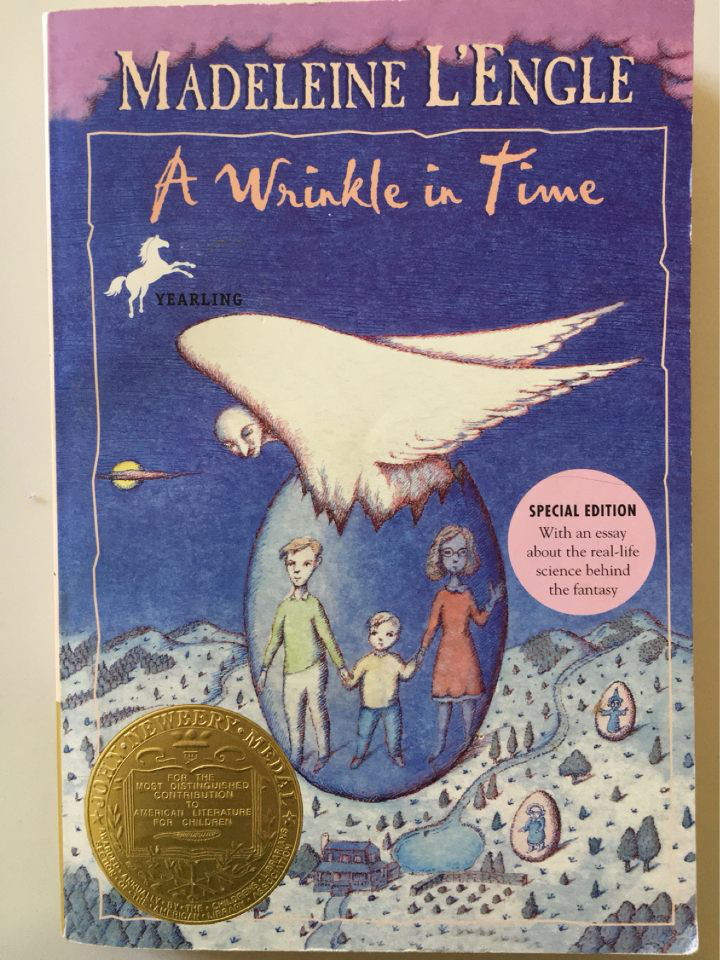The pressure was surely on for Disney to get this production right the second time around. The lackluster original television version most definitely disappointed the fans of Madeleine L’Engle’s 1962 novel A Wrinkle in Time. Its mystical charm and depth of wisdom did not shine through the first time around. That being said, the March 2018 release of the film was highly anticipated by beloved readers. What they got was something magical. The question is, how true is the film to its original roots?
The movie itself offers an incredible treat for the eye. The creative choices behind the cinematic features are stunning and visually lure in the audience. The fantastical, cosmic essence of the novel translates on screen in an effective way. The whimsicality is apparent when the audience is transported from planet to planet into an unknown universe. The audience is right there with Meg Murry, Charles Wallce, Calvin, and the stunning witches played by big names: Oprah Winfrey, Reese Witherspoon, and Mindy Kaling. Producer Jim Whitaker and director Ava DuVernay effectively created a tangible universe.
That being said, I was undoubtedly skeptical. In my opinion, memorable elements are lost in translation when a novel adapts into a film. Although DuVernay effectively created a scenic universe, the executive decision to remove all Christian elements and allusions from the movie was disappointing. As a result, the movie lacked the powerful punch that L’Engle’s novel had. The themes of Christianity embedded in the book made the story itself more relatable and allowed readers to create a deeper connection to its meaning. Instead, the original Christian allusions were replaced with more spiritual, universal references in order to compensate the lack of theme. Although the film is meaningful, as an audience member I felt disconnected and somewhat detached from the world that DuVernay created. The explanation behind the plot was not entirely clear and I felt like I was placed in a forced fantasy world without any explanation at times.
However, this movie offers its own messages and takes initiative to address contemporary elements. One element that made the movie effective was the amount of cultural diversity present. The audience witness’s strong women from different ethnicities, ages, and roles which send a uniquely positive message that the book itself could not. The females in this movie run the show. They dominate the screen as well as the outcome of the story. For example, young girls and boys watch Meg Murry, played by Storm Reid, transition from an anxious, insecure, frustrated girl to a strong, empowered person who loves herself. Also topics like adoption, verbal abuse, and body dysmorphia are effectively filtered into vital scenes of the movie that turn the original novel into a modern reflection of society.
All in all, A Wrinkle in Time leaves younger generations with an important message about self-worth and the importance of love, leaving its audience with a sweet wrinkle in time of their own.
